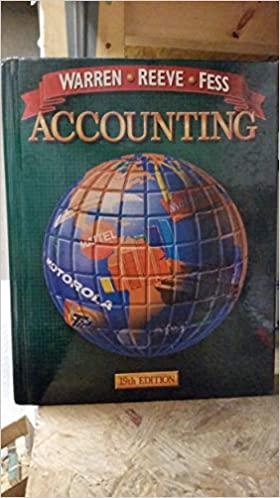JoCo Co. entered into a futures contract to purchase rubber on September 1, Year 1, to hedge an expected purchase of 500 tons of rubber
JoCo Co. entered into a futures contract to purchase rubber on September 1, Year 1, to hedge an expected purchase of 500 tons of rubber in January Year 2. This cash flow hedge of a forecasted transaction gives JoCo the right and the obligation to purchase 500 tons of the material for $1,250 per ton. The contract expires on January 29, Year 2. The spot price on September 1, Year 1, was $1,250 per ton (the contract price). At December 31, Year 1, the balance sheet date, the price for the upcoming January delivery of rubber had increased to $1,325 per ton. On January 29, Year 2, JoCo purchased 500 tons of the material for $1,325 per ton and settled the contract. Assume no margin deposit was required. Ignore inventory transaction entries for the purpose of this exercise. To prepare each required journal entry related to the futures contract: Click on a cell in the Account Name column and select from the option list the appropriate account. An account may be used once, more than once, or not at all. Enter the corresponding debit or credit amount in the associated column. Round all amounts to the nearest whole number. Not all rows in the table might be needed to complete each journal entry. If no journal entry is needed, check the No entry required box at the top of the table as your response.
1. Record the journal entries for September 1, Year 1, if any.
2. Record the journal entries for December 31, Year 1, if any.
3. Record the journal entries for January 29, Year 2, if any.
Step by Step Solution
There are 3 Steps involved in it
Step: 1

See step-by-step solutions with expert insights and AI powered tools for academic success
Step: 2

Step: 3

Ace Your Homework with AI
Get the answers you need in no time with our AI-driven, step-by-step assistance
Get Started


